The Hydrogen Peroxide Chemical Indicator Market is currently characterized by a dynamic competitive landscape, driven by increasing demand for hydrogen peroxide across various applications, including healthcare, food processing, and environmental management. Key players such as Evonik Industries (Germany), BASF (Germany), and Solvay (Belgium) are strategically positioned to leverage their extensive product portfolios and technological expertise. Evonik Industries (Germany) focuses on innovation and sustainability, aiming to enhance its product offerings through advanced chemical processes. Meanwhile, BASF (Germany) emphasizes regional expansion and digital transformation, seeking to optimize its operations and supply chain efficiency. Solvay (Belgium) is also investing in partnerships and collaborations to strengthen its market presence, particularly in emerging economies. Collectively, these strategies contribute to a competitive environment that is increasingly focused on innovation and sustainability.
In terms of business tactics, companies are localizing manufacturing to reduce costs and improve supply chain resilience. The market structure appears moderately fragmented, with several players vying for market share. However, the collective influence of major companies like AkzoNobel (Netherlands) and FMC Corporation (US) is notable, as they implement strategies that enhance their competitive positioning. This fragmentation allows for niche players to emerge, yet the dominance of established firms remains a significant factor in shaping market dynamics.
In August 2025, AkzoNobel (Netherlands) announced a strategic partnership with a leading biotechnology firm to develop eco-friendly hydrogen peroxide solutions. This collaboration is expected to enhance AkzoNobel's sustainability credentials and expand its product range, aligning with the growing consumer demand for environmentally friendly products. The strategic importance of this partnership lies in its potential to position AkzoNobel as a leader in sustainable chemical solutions, thereby attracting a broader customer base.
In September 2025, BASF (Germany) unveiled a new digital platform aimed at optimizing its hydrogen peroxide supply chain. This initiative is designed to enhance operational efficiency and reduce lead times, which is crucial in a market where timely delivery is paramount. The strategic significance of this digital transformation lies in its ability to provide BASF with a competitive edge, enabling the company to respond swiftly to market demands and customer needs.
In July 2025, Solvay (Belgium) expanded its production capacity for hydrogen peroxide in Asia, reflecting its commitment to meeting the rising demand in the region. This expansion is strategically important as it not only increases Solvay's market share but also enhances its ability to serve key customers in rapidly growing markets. The move underscores Solvay's focus on regional growth and its intent to capitalize on emerging opportunities in the Asia-Pacific region.
As of October 2025, the competitive trends in the Hydrogen Peroxide Chemical Indicator Market are increasingly defined by digitalization, sustainability, and the integration of artificial intelligence. Strategic alliances are becoming more prevalent, as companies recognize the value of collaboration in driving innovation and enhancing operational capabilities. Looking ahead, competitive differentiation is likely to evolve from traditional price-based competition to a focus on technological advancements, innovative solutions, and reliable supply chains. This shift indicates a market that is not only responsive to current demands but also proactive in anticipating future trends.


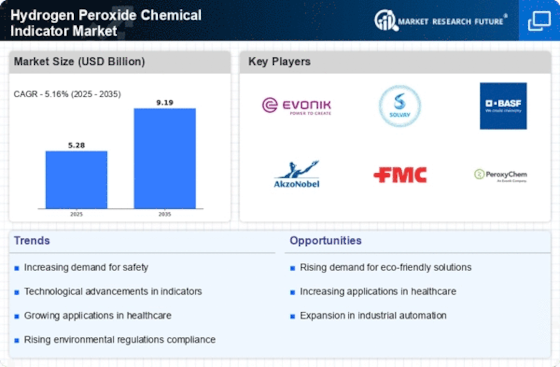
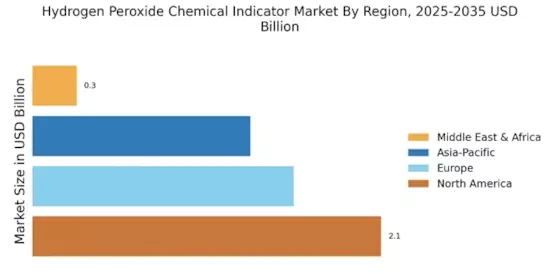
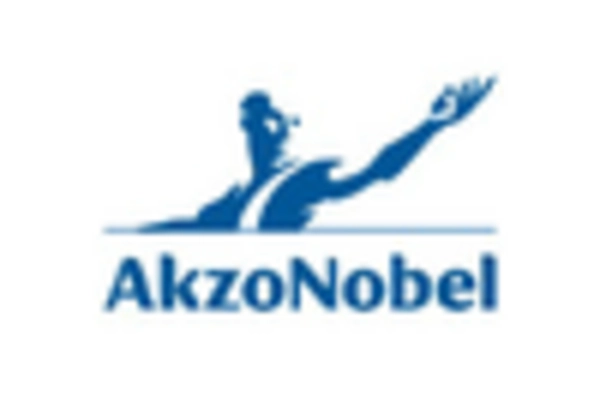

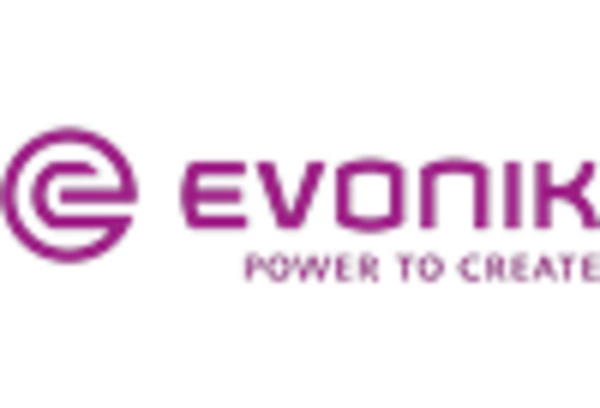


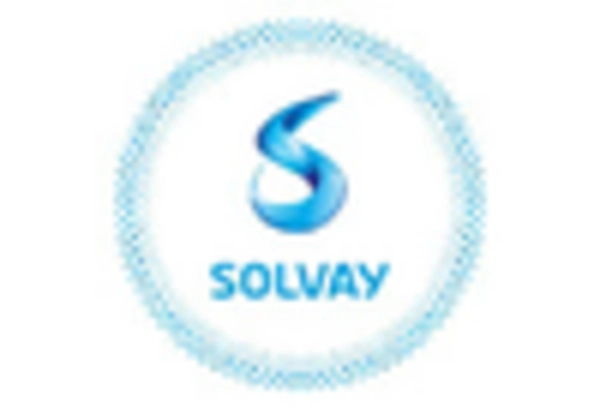








Leave a Comment